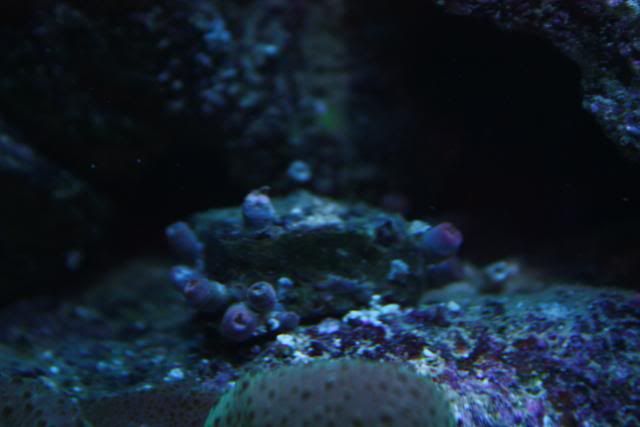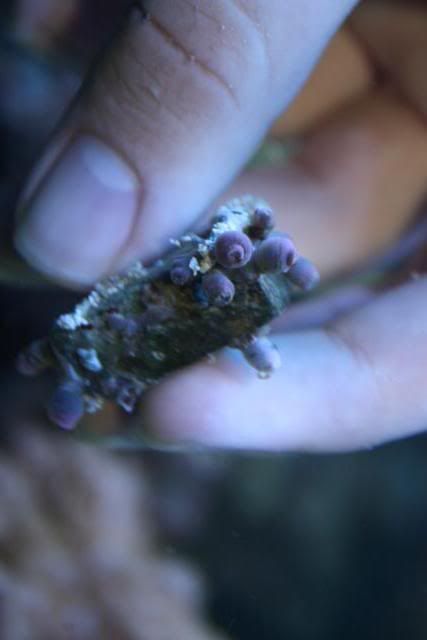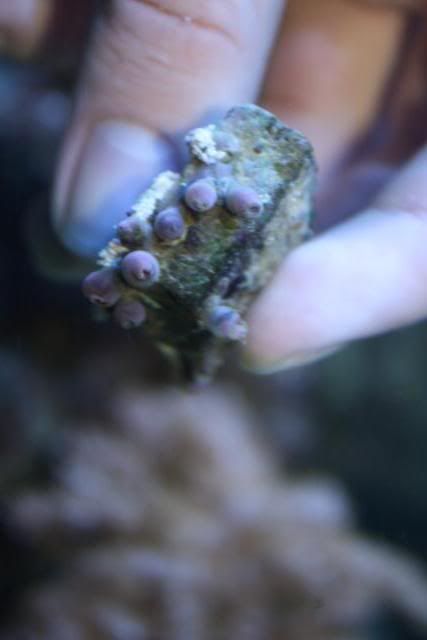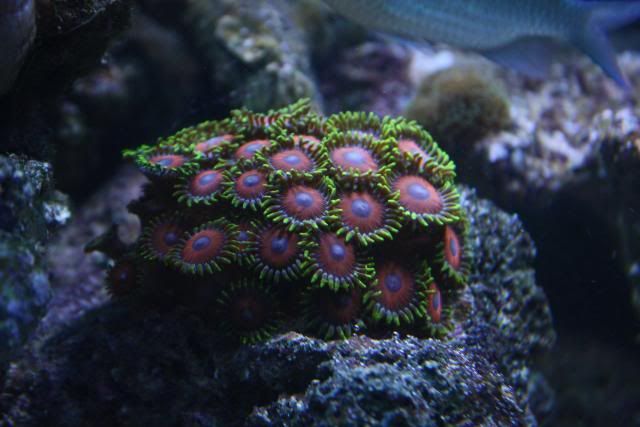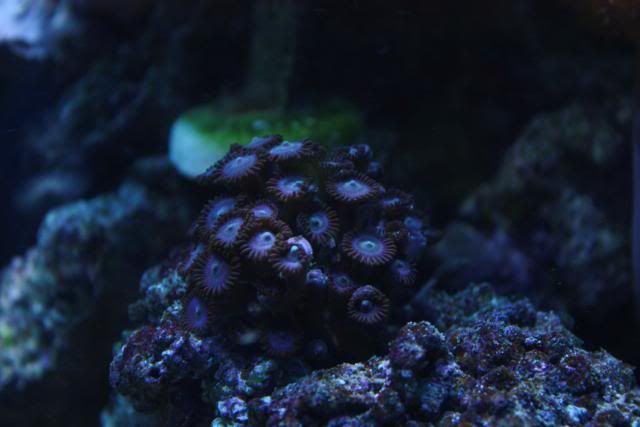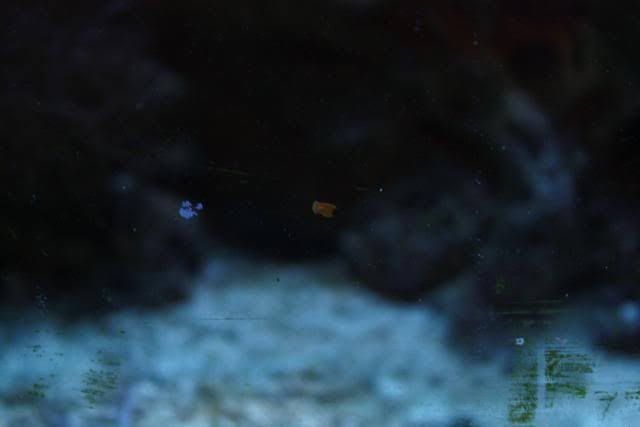luvmyreef
Active Member
Rust Brown Flatworm
The first and most common type of flatworm can become a nuisance quickly in the home aquarium. These organisms are tan, brown or rust colored with a red dot, and reach a size of up to 1/4" in length. They are oval and slightly elongated with two tail-like appendages at their posterior. This brown flatworm has been identified as Convolutriloba retrogemma, and will proliferate rapidly in aquariums with elevated nutrient levels. The populations of these pests can increase to a point where they will actually perch on corals, and block the light from reaching the corals' tissue. Some experts believe that the flatworms actually feed on the zooxanthellae from coral tissue, thus damaging the corals themselves.
Maybe they are causing your problems, have you tried dipping the ones that look bad and see if any flatworms come off the frag?
The first and most common type of flatworm can become a nuisance quickly in the home aquarium. These organisms are tan, brown or rust colored with a red dot, and reach a size of up to 1/4" in length. They are oval and slightly elongated with two tail-like appendages at their posterior. This brown flatworm has been identified as Convolutriloba retrogemma, and will proliferate rapidly in aquariums with elevated nutrient levels. The populations of these pests can increase to a point where they will actually perch on corals, and block the light from reaching the corals' tissue. Some experts believe that the flatworms actually feed on the zooxanthellae from coral tissue, thus damaging the corals themselves.
Maybe they are causing your problems, have you tried dipping the ones that look bad and see if any flatworms come off the frag?




